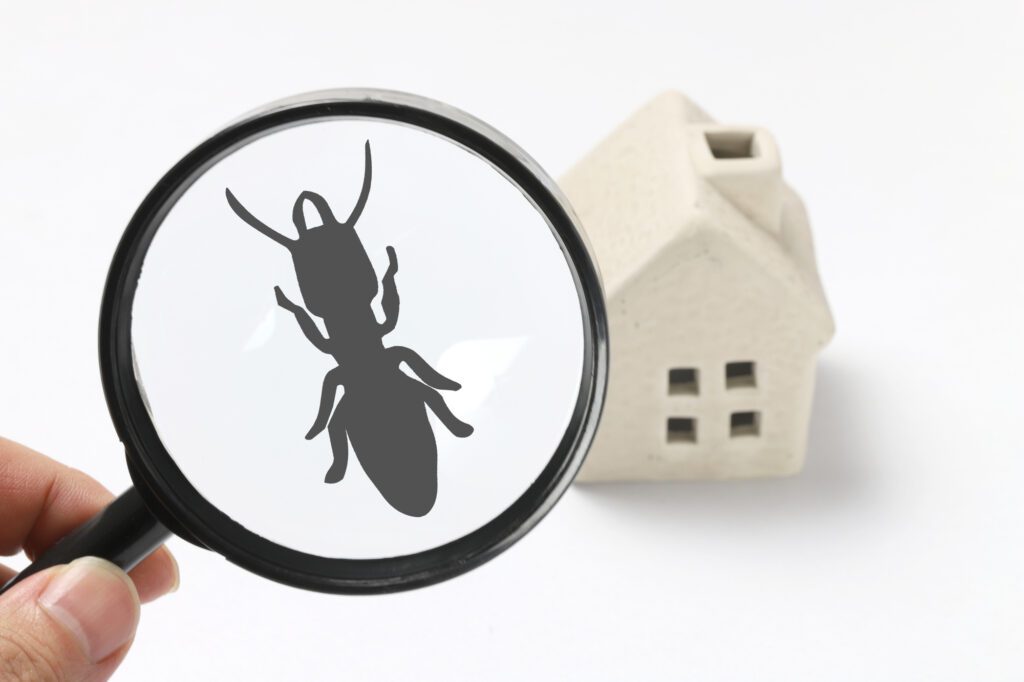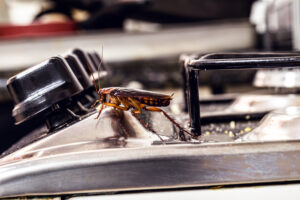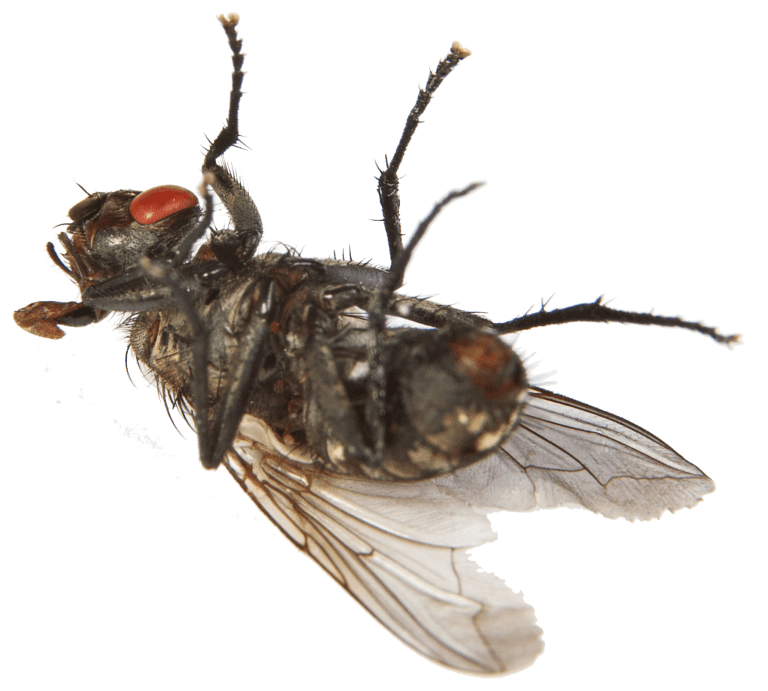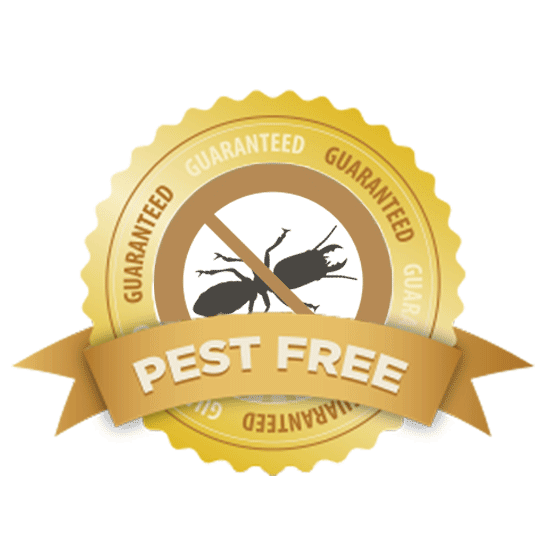Prevention is the best tool you can use when it comes to getting rid of any bug or pest infestation. This sounds great on the surface, right? But what does it actually mean to prevent termites? What steps should you take to keep your home safe from termites?
While it’s true that termites are drawn to wood, there are other things that can lead to a termite infestation as well. Here, you can learn what causes termites and what you can do about it.
Different Kinds of Termites
Before we figure out what causes termites, let’s talk more about the tiny pests. If we really want to figure out what attracts them, we need to know that not every termite is created equal.
There are three main kinds of termites that you might have to deal with: dampwood termites, drywood termites, and subterranean termites.
The names are pretty much self-explanatory. The dampwood and drywood species are attracted to the woods they favor, so check the things you buy second hand for any signs of infestation.
The subterranean termites are a little harder to deal with. They live underground in a large colony. But it’s likely they only head into your home for food before heading back to their colony. So they likely won’t shack up with you unless your house is on top of their colony.
Moisture
Termites who build their colonies in the soil are subterranean termites, and they’re attracted to moisture. If your home has standing water in or around the foundation, it creates an environment just begging for these critters to visit.
In addition, leaky pipes aren’t simply a plumbing problem. They should be addressed before they create an opportunity for a termite infestation.
Also, clean your roof gutters often and use that time as a chance to check for proper drainage around your home. And finally, check that your foundation is ventilated and get rid of any landscaping that might cause humidity to build up in the crawl space.
Wood That Comes in Contact With Your Home
Wood that acts as a bridge between the ground and your home can create a point of entry for termites, even if the soil around your home has been treated by a pest control specialist.
Termites feed on cellulose, which is a component of wood. Subterranean termites will look for food sources above ground, and any wood that connects with your house’s exterior gives them a chance to infiltrate your home’s interior.
Make sure you get rid of stumps, vines, mulch, trellises, or other exterior wood like stacked firewood that is close to your home’s foundation. This is especially important if your home has wooden siding.
Your roof can also be infested by termites, so make sure you trim back tree limbs that might be touching your roof.
Openings in Your Home’s Foundation
Termites are constantly looking for moisture and food. In this search, they’ll look for any breach in your home’s security. Even little cracks in your foundation can give them a chance to gather materials for the tunnels they create to travel in their foraging.
You should periodically inspect your entry doors and windows and make sure you apply caulk where any might have damage or be missing. Also, look for loose or defective seals for the electrical or plumbing lines that enter your home.
If you find damaged shingles, fascia boards, or eaves, repair them immediately. Even the smallest of fixes can give you the defense you need against a termite infestation.
Geography
You might live in a place that is susceptible to termite infestation. Homeowners in warm, met states like in the South or Gulf Coast are more likely to have issues with a termite infestation.
You can consult the US Forest Service’s map of Termite Infestation Probability Zones to figure out what your home’s level of risk is due to environmental factors.
Some areas of the country have increased probability, but still, termites are in every state in the country except Alaska. So don’t get comfortable.
How to Prevent Termites
Now that we know what brings termites to your home, let’s talk about how to prevent them.
Maintain Your Home
This is kind of a huge solution to a tiny problem, but it’s the best one. If you want to keep pests out of your home, keep it clean, maintained, and in good condition.
We talked earlier about keeping gutters clean, but there are other things you can do. MAke sure your roof is well maintained. If you have gaps in your roof tiles, or even missing tiles altogether, moisture can get into your walls and cramped up dark spaces.
Also, do your best to steer clear of humidity and moisture in the air from settling in your home. If you have an air conditioner, make sure the feed is pushing the expunged air away from your home’s foundation or wooden infrastructure.
Say Goodbye to Cardboard
Like silverfish, termites are drawn to papers and boxes. They love old school papers, photo albums, books, and letters that you might want to store in the attic or the basement.
Usually, the cardboard boxes you store things in are a treat for termites. And they’re not airtight, so moisture gets in pretty easily. Instead of storing in cardboard, invest in some sealed plastic storage containers. They’re simple and will keep your heirlooms safe.
Ditch the Wood
Maybe it seems impractical to switch out your furniture to something other than wood to curb the threat of termites. And you’re right, that’s totally impractical.
However, when you choose your furniture for your new home or when you’re renovating, you might want to consider how old your wooden furniture is.
If you find it’s in bad condition or that maybe you’d like metal or plastic furniture instead, make the switch.
If you cant part with your wooden furniture, at least keep it away from walls and skirting boards. This just gives hungry termites a ramp to use to infiltrate.
Termite Infestations Bite
The most important piece of information we can give you for preventing termite infestations is being constantly vigilant. You need to keep an eye out for any intruders and check the condition of your home regularly.
If you want more information on how to stop an infestation, contact us today!






